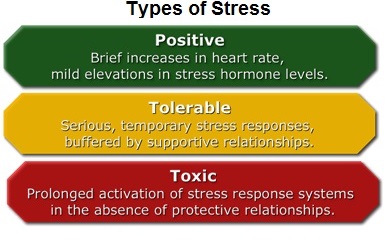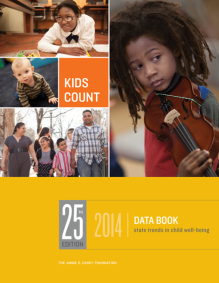After 6 years and 400 posts, the Tulsa Initiative blog is calling it a wrap. We here at CAP Tulsa first dipped our toe in the water of social media through this blog, with the goal of building a community of readers interested in the things we were interested in – early childhood education; anti-poverty policy; food insecurity; workforce development; innovation; and others. It was part of a larger idea that a “Tulsa Initiative” could be built that would support Tulsa’s vulnerable children, and their families, from early education through high school graduation and beyond.
While “the Tulsa Initiative” did not come to full fruition, CAP Tulsa helped launch a neighborhood and community-based comprehensive development project called Growing Together in two Tulsa neighborhoods. The Innovation Lab at CAP Tulsa, which has staffed this blog, helped build CareerAdvance, an innovative two-generation strategy at CAP that helps parents build careers and provide stable economic footing to support their children’s development. And CAP Tulsa embraced social media and is now on Facebook and Twitter.
Meanwhile, lots of great organizations continued to produce and distribute lots of great work – much of which we have posted to this site. We feel confident we will not be leaving too big of a hole in the blogosphere.
We thank you for reading and supporting us. Please do continue to stay connected to the work of CAP Tulsa through our website www.captulsa.org or our Facebook page.

 The Annie E. Casey Foundation has been tracking child well-being in their annual
The Annie E. Casey Foundation has been tracking child well-being in their annual  Their estimates show the food insecurity rate in the U.S. is 15.9%, down from 16.4% in last year’s report. This means 48,966,000 Americans lack the resources to consistently afford enough nutritious food to live active, healthy lives.
Their estimates show the food insecurity rate in the U.S. is 15.9%, down from 16.4% in last year’s report. This means 48,966,000 Americans lack the resources to consistently afford enough nutritious food to live active, healthy lives. In 2012, in the
In 2012, in the 
 For more than a century, educators have documented, studied and tried to combat summer learning loss. It has become well known that all children are prone to losing math skills during the summer, and modern studies show the loss of reading skills is also an issue, especially among children from low-income families.
For more than a century, educators have documented, studied and tried to combat summer learning loss. It has become well known that all children are prone to losing math skills during the summer, and modern studies show the loss of reading skills is also an issue, especially among children from low-income families.


